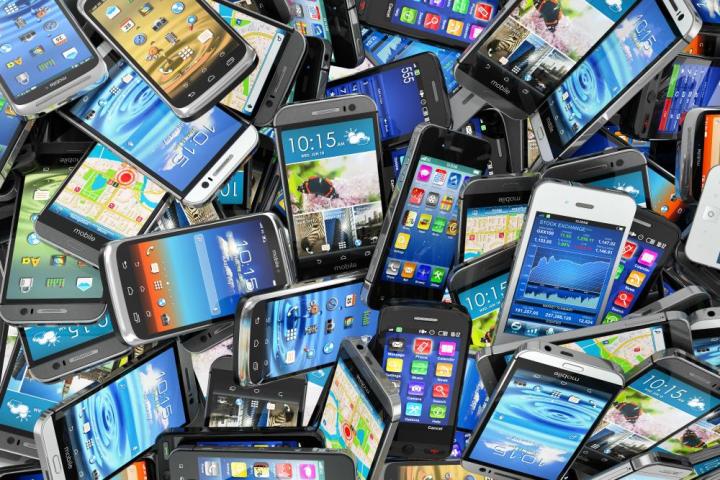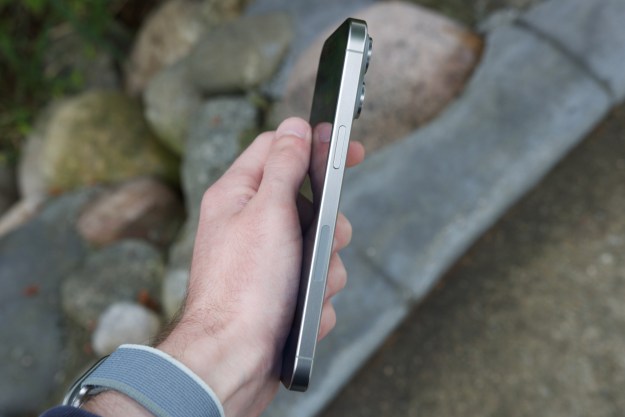
If you want to sell an old smartphone, the service will pair you with a seller who handles the sale of the phone for you and pays you even before the device is sold. The service is powered by eBay Valet, which does things like taking photos of your item, writing up the listing on eBay, handling payments, and even shipping the device.
To sell your device through the service and find out how much you could make, head to the Quick Sale website. Once you have given the information about your phone, you will get an offer based on brand, model, condition, color, and so on. If you take the offer, you will get a shipping label to send the device to eBay Valet. After it has been verified, you will receive payment for the phone before it has been sold.
Despite the name Quick Sale, the process takes between seven and 10 days. That time includes the five days it takes to ship it to eBay Valet and then two days to verify your information. It is also important to note you can’t just sell any old phone — eBay won’t buy it if it is in poor condition, too old, or worth less than $100.
The service is aimed at those who don’t want to go through the hassle of selling a device themselves, so if you are more focused on making money, you should probably sell it yourself. Of course, eBay wants to make money, too — which is why it will not make an offer it can’t make a profit.
The new service comes at a time when smartphone sales are at a peak — eBay notes that sales surge when a new iPhone is announced, as the iPhone 7 was last Wednesday.
Editors' Recommendations
- Why you should buy the iPhone 15 Pro instead of the iPhone 15 Pro Max
- 10 reasons you should buy an iPhone in 2024
- Your iPhone just got a new iOS update, and you should download it right now
- 8 iPhone browser apps you should use instead of Safari
- Is the iPhone 15 waterproof? Read this before getting it wet


